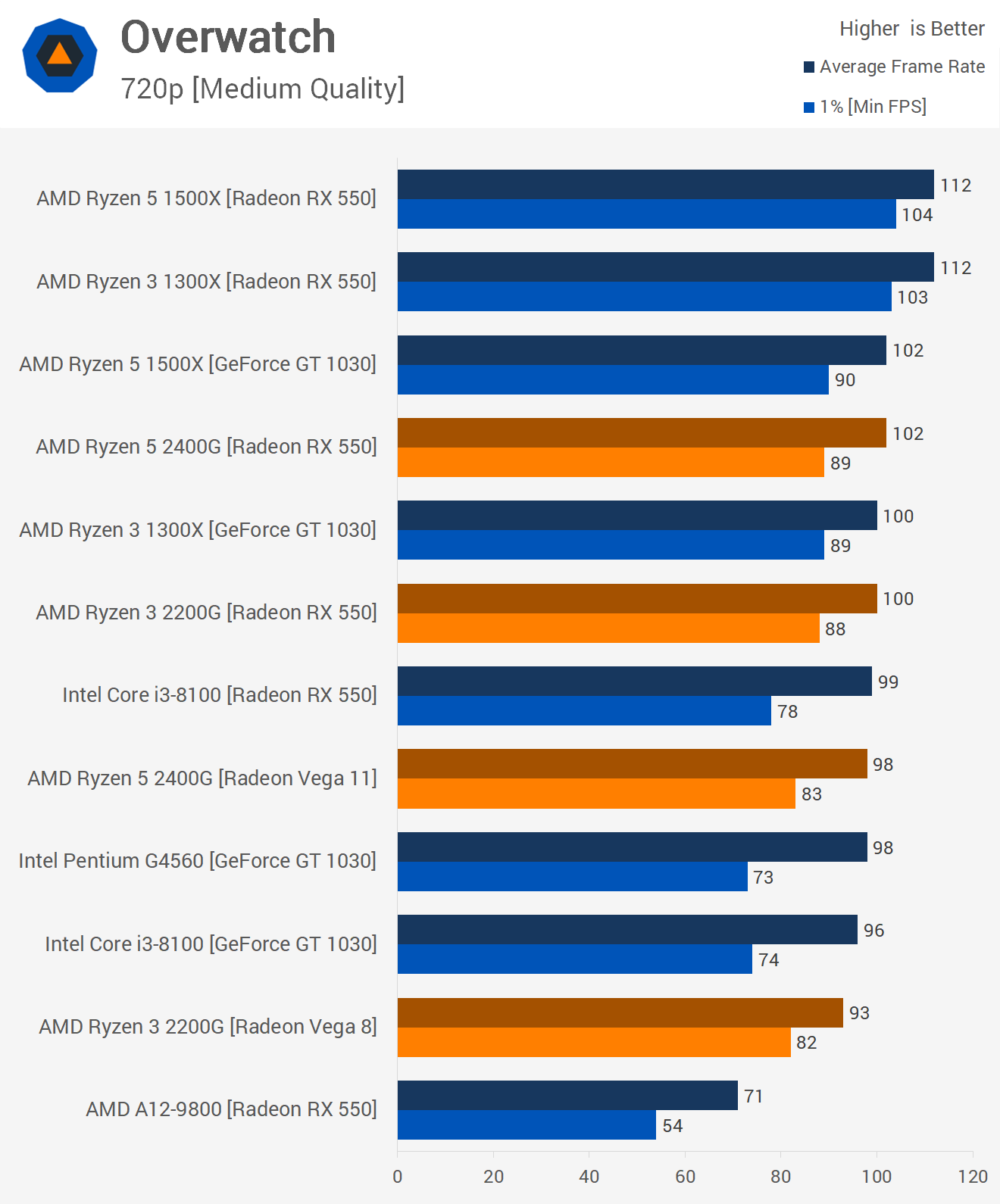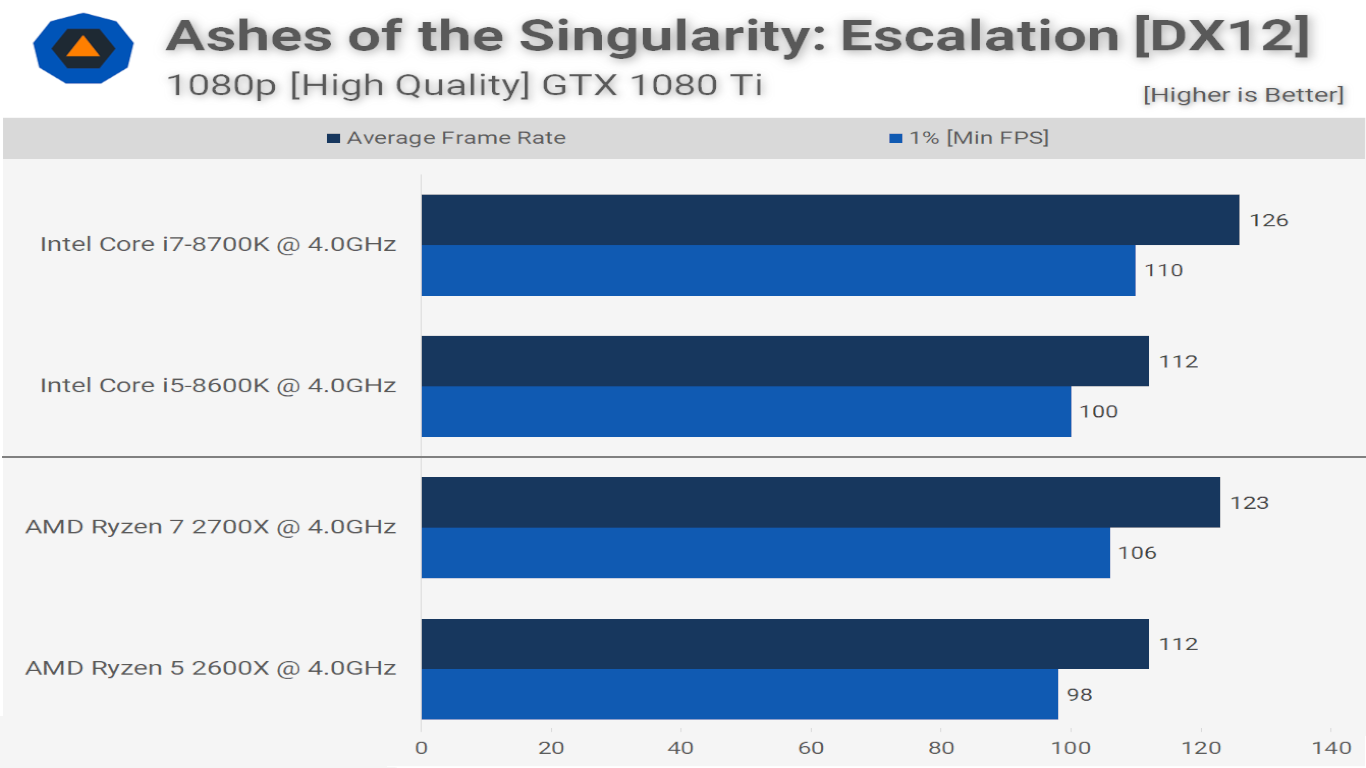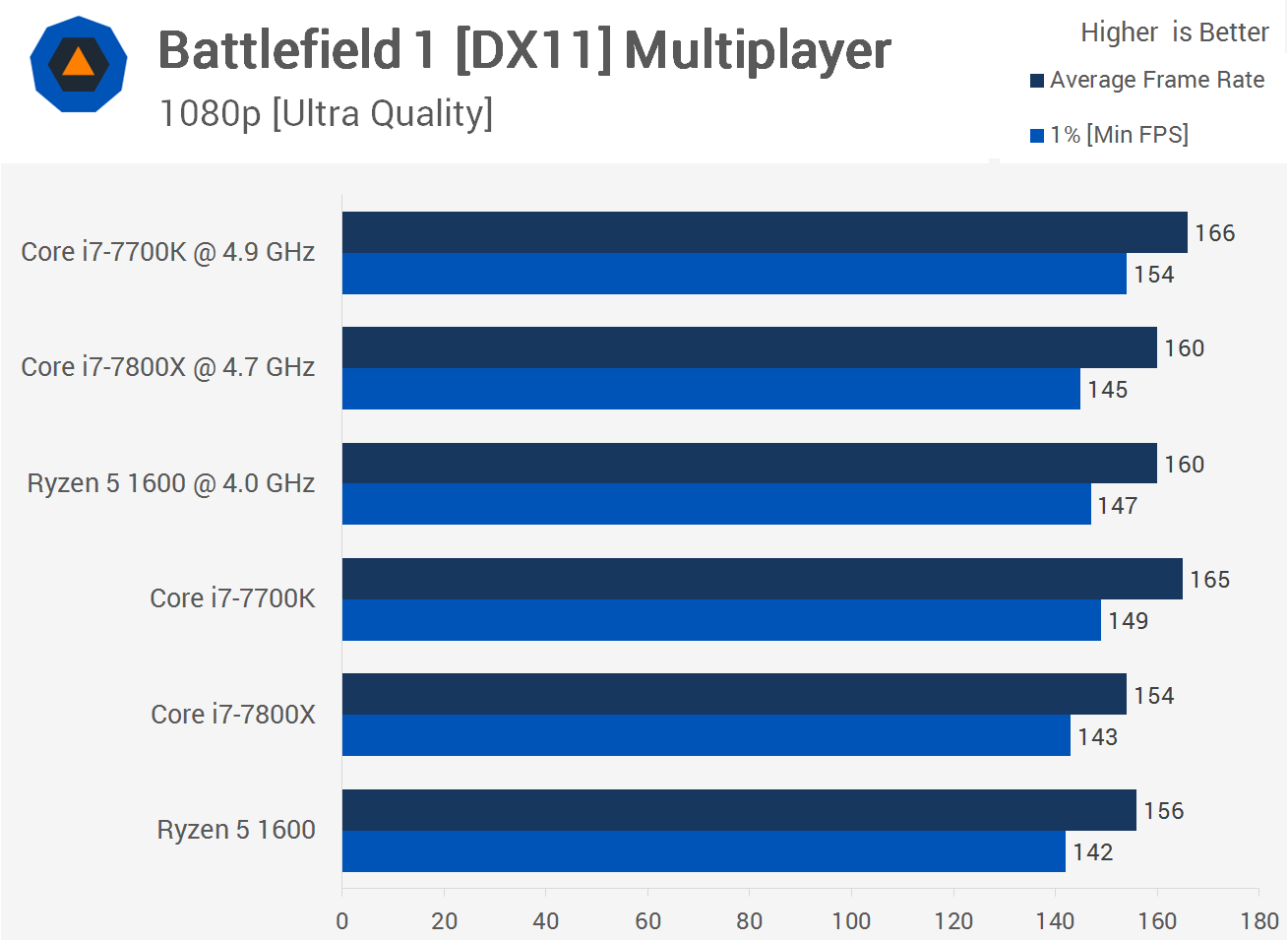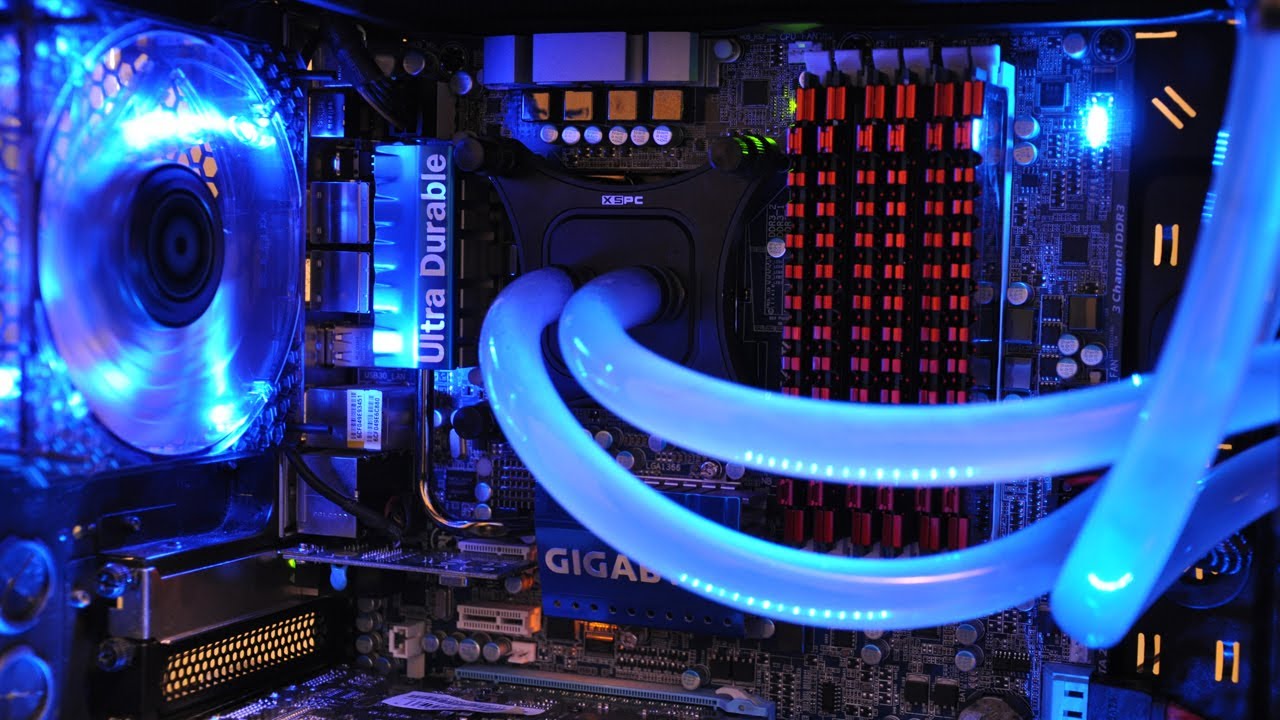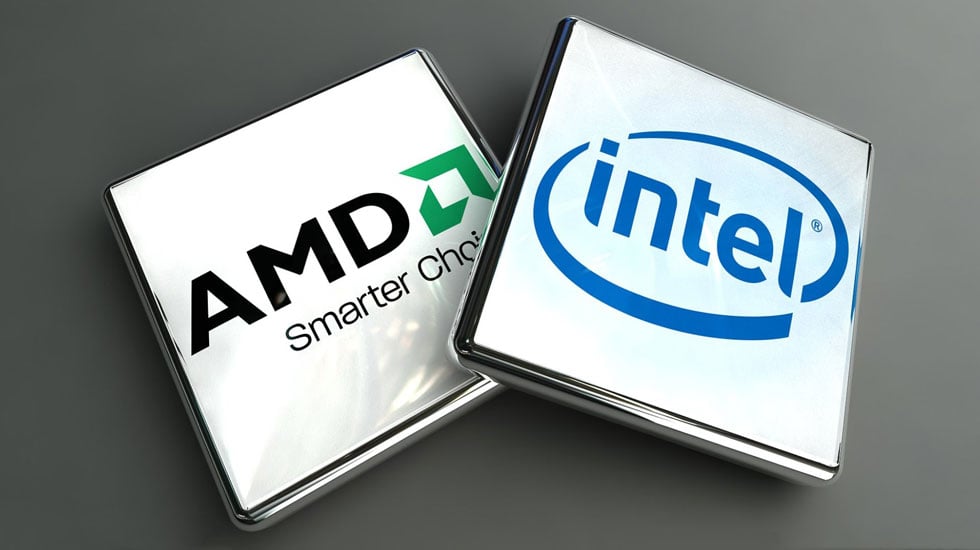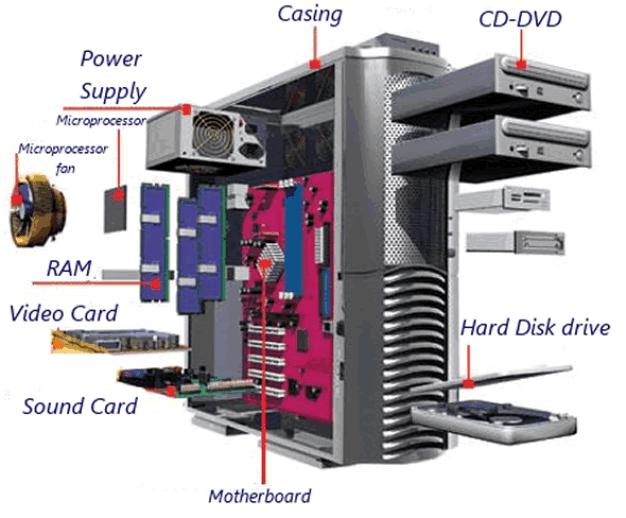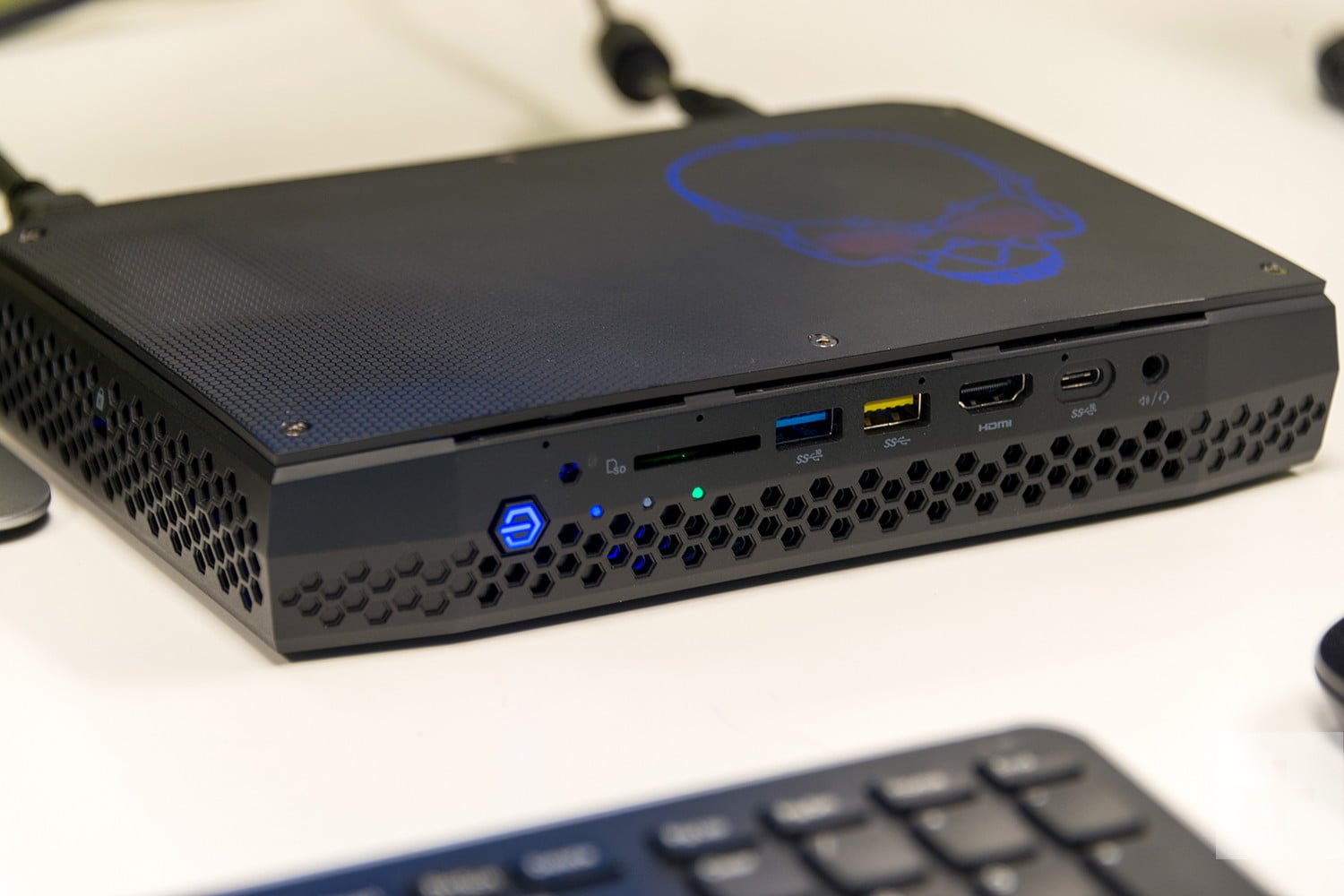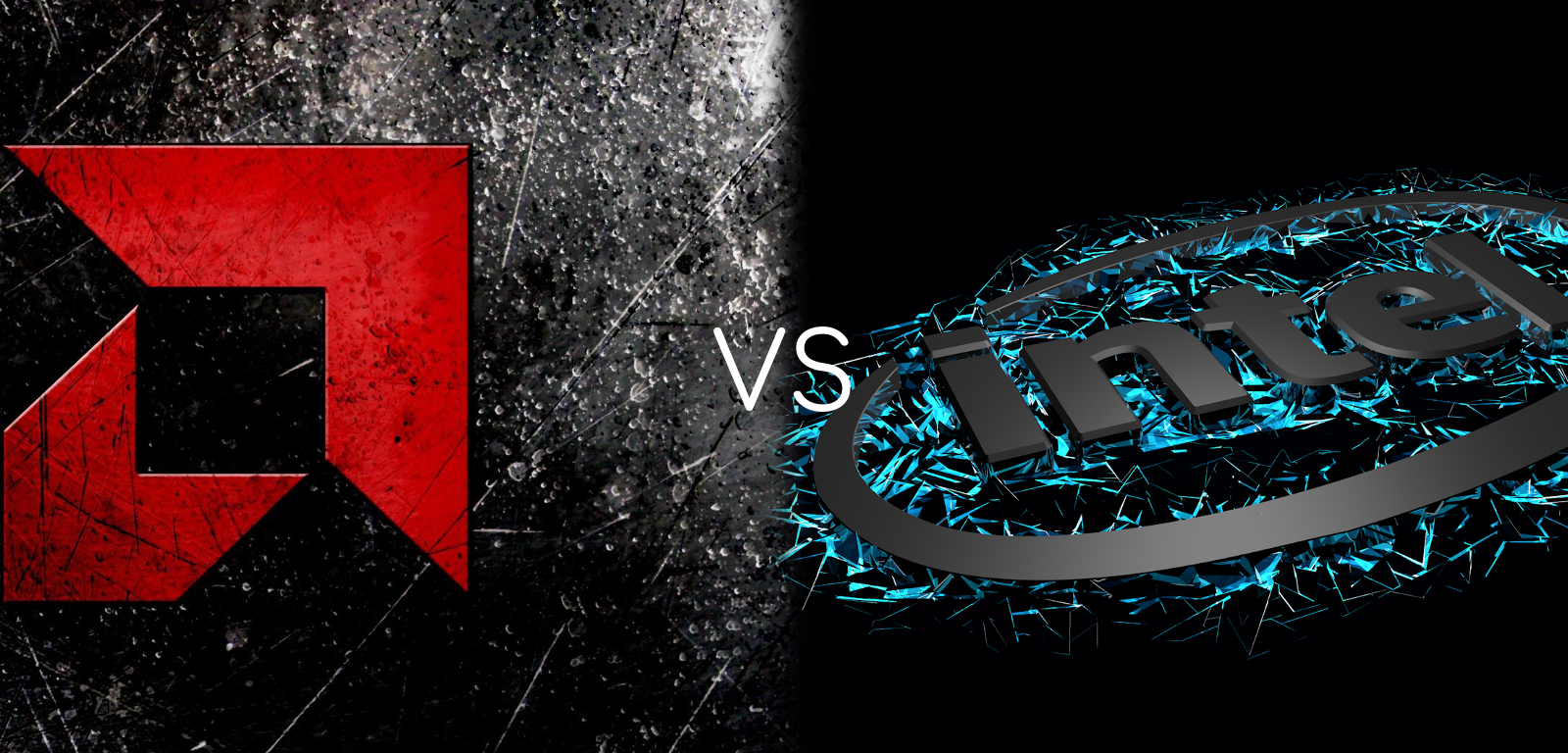Considering the fact that the recent conflict between Coffee Lake and AMD Ryzen has started to die down to make way for the next generation of Processors. A lot of users are beginning to wonder which Processor Manufacturer can actually perform the best in this current generation while also pondering whether or not we’ll see the same results happening on the next generation. It’s sort of weird, especially considering that AMD and Intel take completely different focuses on their approach to CPUs. AMD focuses on the amount of cores and multi-threading capabilities that their processors can take while Intel heavily promotes the use of Overclocking and higher speeds with lower Core counts. The user will basically continue to search for the perfect CPU anyways. What’s better for the common user in 2018? Who is the titan that actually rose through the ranks and became the undisputed champion on the war of the CPU’s? Many people have wondered this question for years and Appuals aims to bring answers.
Gaming Performance: Which CPU can Bring the Best Gaming Experience?
Gaming is one area where picking a CPU can get tricky. In fact, a ton of users will basically have a lot of aspects to consider when choosing the right CPU for the job, let’s start with Intel’s brand. All of Intel’s processors include on-die integrated graphics, but the performance isn’t up to par with discrete, stand-alone graphics chips or add-in graphics cards. It really is one of the worst processors for the job, especially when you wager in games that are demanding on Graphics Resources such as Final Fantasy XV, Shadow of the Tomb Raider, Dragon Ball FighterZ and other games of the same caliber. Straight to the point as well, they haven’t been able to do much in terms of their Integrated graphics either, with a lot of games barely reaching 30 FPS at standard resolutions. Meanwhile, AMD’s desktop processors do not include integrated graphics. Instead, AMD combines its processor cores and its Radeon-branded graphics cores into one package/chip called an APU. Although those tend to offer better performance than Intel’s on-die graphics solutions they still don’t hold a candle to add-in graphics solutions that are only a little more expensive. Those people who seek to build a Gaming PC will always know that AMD is the company that most people will seek after. Thanks to the VEGA Technology that AMD loves to boast about in terms of graphics performance, games like Battlefield V can run at 30FPS on RYZEN Processors. It’s incredible to say the least. In summation, those gamers who want to take their gaming seriously will often go towards Intel as the Integrated Graphics their processors can offer will definitely not be much of a matter. It’s important to mention that Games themselves can actually have a few points to be taken into consideration when it comes to the capabilities that Intel and AMD have to offer. It all comes down to questioning about whether or not it’s necessary to acquire a Processor with Hyper-Threading. The answer is a resounding no because most Gaming tasks don’t really take any sort of benefit from using Hyper Threading. In fact, and very unfortunately, Hyper Threading is almost not necessary to run games themselves at sufficiently high speeds. The reason for this is because tasks like Video Games are performed in a serial manner. In other words, most operations take place in an ordered fashion where one operation has to take place before another one to begin. This basically makes Hyper Threading a rather luxurious plus for gamers and, really nothing more than that. Compare that to AMD’s Processors which are only good on focusing on multi-threaded operations. The problem begins to form and a lot of Gaming Users will definitely notice the cracks on the seams in terms of Gaming Performance. Games, although much more multi-threaded today than they were in the past, still rarely use more than two to four threads, which typically gives Intel the edge even with RYZEN’s amazing array of optimizations. PC Gamers with AMD Processors shouldn’t really fret too hard, though, as their preferred AMD processors and the Intel Core processors don’t really pose a difference in terms of performance. Or better said, the performance gap between the two isn’t that big. RYZEN 7 1800X’s benchmarks have proven a loss of 1-10 FPS compared to Intel’s i7 7700K, for example. Still, for those people who don’t really want to go for hyper serious gaming and just wish to have games like League of Legends (Which even a toaster can run) will have AMD’s processors fit right for them as they offer the greatest capabilities thanks to the mixture of Integrated Graphics and Processor Power. PC Gamers who want to maul the competition and go for serious graphics and performance will often go with Intel’s choice of CPUs alongside a powerful AMD or NVIDIA GPU. Although, AMD isn’t short on the competition, either as their CPUs are pretty amazing for PC Gamers who often want to spend time multi-tasking while playing their favorite games as well.
Overclocking: Which CPU Is Better at Breaking the Limits?
Let’s face it, people want to go above and beyond the call of duty no matter how much performance the CPU itself is packed with. Users who are hunting for new PC components often look at Overclocking capabilities in order to have their limits tested almost all of the time. Performance Enthusiasm is the future of PC technology, after all. As such, Intel and AMD provide unlocked Processors allowing for higher clock speeds than recommended by the manufacturer, giving users more control over how they use their components. Of course, this also requires some degree of knowledge from the user. A Motherboard that can withstand Overclocking such as Z270 and Z370, Used for i7 8700k Motherboards for Intel Processors and B350/X370 for AMD processors will also come in handy when it comes to pushing the Processors to their absolute limits. But which one is better for Overclocking Purposes? Which one can offer the features that other Processors wish to have? AMD is normally more generous than Intel in this regard. AMD Systems tend to be cheaper in terms of the Processors themselves. With the least costly being the RYZEN 3 line of processors that can actually offer Overclock capabilities to users without having to spend big bucks on them. That isn’t to say that Intel’s “K” variation of Processors can’t have their own qualities on their own right. In the end, a lot of Performance Enthusiasts will basically look after that fabled “K” symbol that tells the user that they can Overclock the Processor itself. Usually these Processors do come at a premium. While Overclocking is certainly good for these sort of Processors, it should also be made clear that they can put the integrity of the whole computer at risk. Both companies will void your warranty if you brick your processor as the result of overclocking, so it’s important to watch out for that. Excessive amounts of heat can be generated if you’re not careful, thereby neutralizing the CPU as a result. It pretty much can end up with the user having to purchase and entirely new CPU just because the Processor itself was fried thanks to the Overclocking. Inexperienced users will definitely find themselves better off using AMD Processors so the loss isn’t as hefty. In terms of overclocking speeds. It’s a pretty close race but Intel has the lead in terms of Overclocking Speeds. With Intel’s 8700K reaching speeds of up to 4.7Ghz with the Turbo Boost capability it has. Meanwhile AMD’s RYZEN 7 1800X processor can only reach a lacking but equally impressive 4.2Ghz. The obvious conclusion is that Intel offers greater deals in terms of Overclocking while AMD offers multi-threaded performance at a lower price point. Performance Enthusiasts will often lean towards Intel just to see how Single-Core performance can be cranked up. All the while users who benefit from Overclocking but require more multitasking will benefit from AMD’s processors.
Pricing: Which Manufacturer Offers the Best Budget Choices?
People who often go hunting for bargains on high-end PCs will often talk about the wonderful deals that AMD has given users across the years in order to be one step above Intel. In the end, AMD has been shown on record being the company that most people who want to go for cheaper choices on PCs in general. With cost serving as a major factor in building, upgrading, or purchasing a PC, choosing the right CPU often comes down to finding the one that offers the best bang for your buck. In just price alone, AMD’s chips are generally cheaper than comparable Intel chips. Low-end, dual-core AMD Sempron, Athlon, or A-series dual-core processors start at about $30. Intel, on the other hand offers choices that start at around $40 and often continue to go up even when the chips become outdated and should be selling at bargain prices. This is a rather curious choice that only continues to increase for both parties as the Performance Ladder is climbed. This was the standard that was set in stone for some time until the arrival of AMD’s RYZEN Processors. All of the sudden, AMD was starting to offer high-end CPUs that not only challenged Intel’s but also came at cheaper prices compared to Intel’s titanic i7 Processors. RYZEN 7 2700X is actually the processors that proves this rule with its starting price being $300. Not bad for a processor that offers 8 cores and 16 threads and certainly cheaper than Intel’s 8700K with starting price of $350 and only a paltry 6 Cores and 12 threads, way less than the AMD processors, that’s for sure. Meanwhile, Intel Core i9 and AMD Threadripper CPUs targeting enthusiasts and prosumers offer even more multithreaded performance and continue to expand the kind of core and thread counts that anyone can enjoy in a home-built system. Intel’s seventh-generation i9 CPUs offer between 10 and 18 cores and thanks to Intel’s Hyper Threading functionality, the amount of threads can go up to 36. Prices can be sky high though, with the flagship 7980XE costing as much as $2,000. AMD’s chips, on the other hand, offer larger core counts, lower price points, and more uniform specifications throughout the range. The first-generation Threadripper CPUs have been heavily discounted as of late, with some of the eight and 12 core options costing just a few hundred dollars. However, the new-generation Threadripper 2000-series CPUs offer between 12 and 32 cores and up to 64 threads with simultaneous multithreading. They are more expensive though, ranging between $650 and $1,800. Overall, in terms of Bang for the buck, AMD offers the best choices for Budget and High-end gamers. The competition on the top spots is quite harsh, though. Especially considering how AMD’s price ranges don’t offer that big of a gap vs Intel’s processors. However, in terms of Pricing, AMD will definitely be the winner of the two brands.
Compatibility: Which Brand can Perform Well with Various Components?
Now that we’re reaching the juicier stuff in this article. It should be noted that Intel’s compatibility with Components themselves is the stuff of legends. Most computer components are made with Intel Chipsets in mind over everything else. As such, one of the biggest problems with AMD’s Desktop Processors is the lack of compatibility with other components. The different architectures and chipsets that come with compatible AMD motherboards can be a deal breaker for some users who would rather have a wide array of options to choose from. Not to mention, a lot of users will definitely have a lot of issues picking the right Components for AMD motherboards and said components are ironically pricier than Intel’s more commonplace ones. That said, AMD’s chips make a little more sense from a hardware design perspective. With an AMD motherboard, rather than having metal connector pins on the CPU socket, you’ll notice those pins are instead on the underside of the CPU itself. In turn, the mobo is less likely to malfunction due to its own faulty pins. Even so AMD has managed to also make some rather interesting motherboards with Components for them coming up at the cheap on recent years. So AMD isn’t entirely out of the competition and thanks to the recent problems with Intel Core processors such as Supply Shortages, AMD is getting closer and closer to stealing the compatibility crown. It’s a rather unusual case, but it has been proven that AMD has managed to become a huge competitor against Intel for very unorthodox reasons and purposes. We’ll see whether or not AMD can actually hold out on their own and become the standard for Components in the near future. However, for now, the crown belongs to Intel.
AMD & Intel: The Unlikely Alliance that Took the World by Storm
When it came to PC Gaming discussion, people often engage on debates about which brand is stronger in the PC Gaming market. More often than not, NVIDIA takes the cake in regards to graphics with their GTX Variety cards while Intel and AMD are brushed to the side because of their incapable Integrated Graphics chips. However, both Intel and AMD have noticed this and went to take on NVIDIA head on. With a proposal that shook the entire PC Community which seemed to be completely out of this world to begin with. As such, in November of 2017 Intel had revealed that they have been working on a new series of processors that combine the high-performance x86 cores with AMD Radeon Graphics into the same processor package using Intel’s own EMIB multi-die technology. In early January, this processor came to the market in the form of the Core i7 8809G. The new chip would then be part of Intel’s 8th generation processor lineup. Including the unprecedented collaborative effort between Intel’s CPU with AMD’s Radeon GPU cores. The best of two worlds in one incredible package in an alliance that hasn’t been seen since decades. To be exact, the last time we’ve seen this sort of deal was around the 80’s. Similar Reads: What Type of Motherboard is Compatible with Intel Core i7 8700K and 7700K? “Our collaboration with Intel expands the installed base for AMD Radeon GPUs and brings to market a differentiated solution for high-performance graphics,” said Scott Herkelman, vice president and general manager, AMD Radeon Technologies Group back when people were completely floored and wanted to know what this whole deal was about. The headlines didn’t make themselves wait. With the first implementation of this CPU/GPU hybrid coming in the form of the Hades Canyon NUC8i7HVK. A Short Form Factor (SFF) PC that ran games at performances that never would’ve been expected from a collaboration like this, giving the greatest challenge to NVIDIA. This partnership has actually garnered a lot of attention, not just from PC Gamers but also the entirety of the Community. Nowadays, a lot of speculations as to where this partnership can take us in terms of hardware innovations and choices are the topic of discussion among many users. While this alliance could be short lived. It will definitely be important to mention, especially when comparing the two manufacturers as they have the capability of becoming a single entity that can possibly rule over the entire PC Market in general. It is a rather interesting subject to think about.
Conclusion: Which Brand is Better then?
In our opinion, AMD is the better choice for Workstation and PC gamers alike. While this verdict might sound confusing. It should be noted that this verdict is given taking what a lot of people would like to do in terms of Gaming Activities or High-end Application demands. While Intel offers choices that benefit single-threaded applications. AMD can allow gamers to do things such as Streaming or Recording games much more easily. All of this done without any sort of performance drops or dips in the framerate. This is very important considering a lot of gamers love to stream their gaming adventures nowadays with their GPU of choice. This also benefits users who enjoy multi-tasking. Especially for those video editors who want to comfortably sit back and do other things while their computer is rendering that 20-minute video. It essentially allows the user to perform multi-line tasks a lot easier without losing performance in any of the situations. While Intel’s choices for Single-Threaded Applications can actually help users perform better in terms of gaming. It’s been proven through countless benchmarks that AMD processors can only do slightly worse than Intel Processors. As such, the gap between the two is nearly non-existent and PC gamers will often feel comfortable using these processors. Intel’s advantages offer uses for Performance Enthusiasts and Overclocking Experts. However, gamers and even the average consumers or even those who perform high-end heavy duty tasks and also want to have their gaming fix will often find the benefits offered by AMD chips being the much better choice. The only issue that can be presented is definitely the fact that AMD doesn’t offer much in terms of Components. This actually might be a problem for some as the limited choices can vary in terms of quality and will not offer the best experience money can buy. However, something that should also be taken from this article is that both of these companies have actually been the center of attention of the PC community for the longest time. They have been extremely fierce competitors through the years and no other computer giant has managed to create a processor of equal quality. When allied together, these companies seem like they have no force that is able to completely stop them. As such, it’s also important to mention that these two companies have a very strong presence among so many people’s lives because of the amount of epic things they can make, together or separately. See Similar Informative Articles: AMD RDNA2 Architectural Improvements Explained
1440p 144hz or 4k HDR in 2022: Which is better3080 Ti vs 3090: Which Is Better In 2022?AMD X370 vs B350: Which is the betterAMD B350 vs X470: Which One is Better
